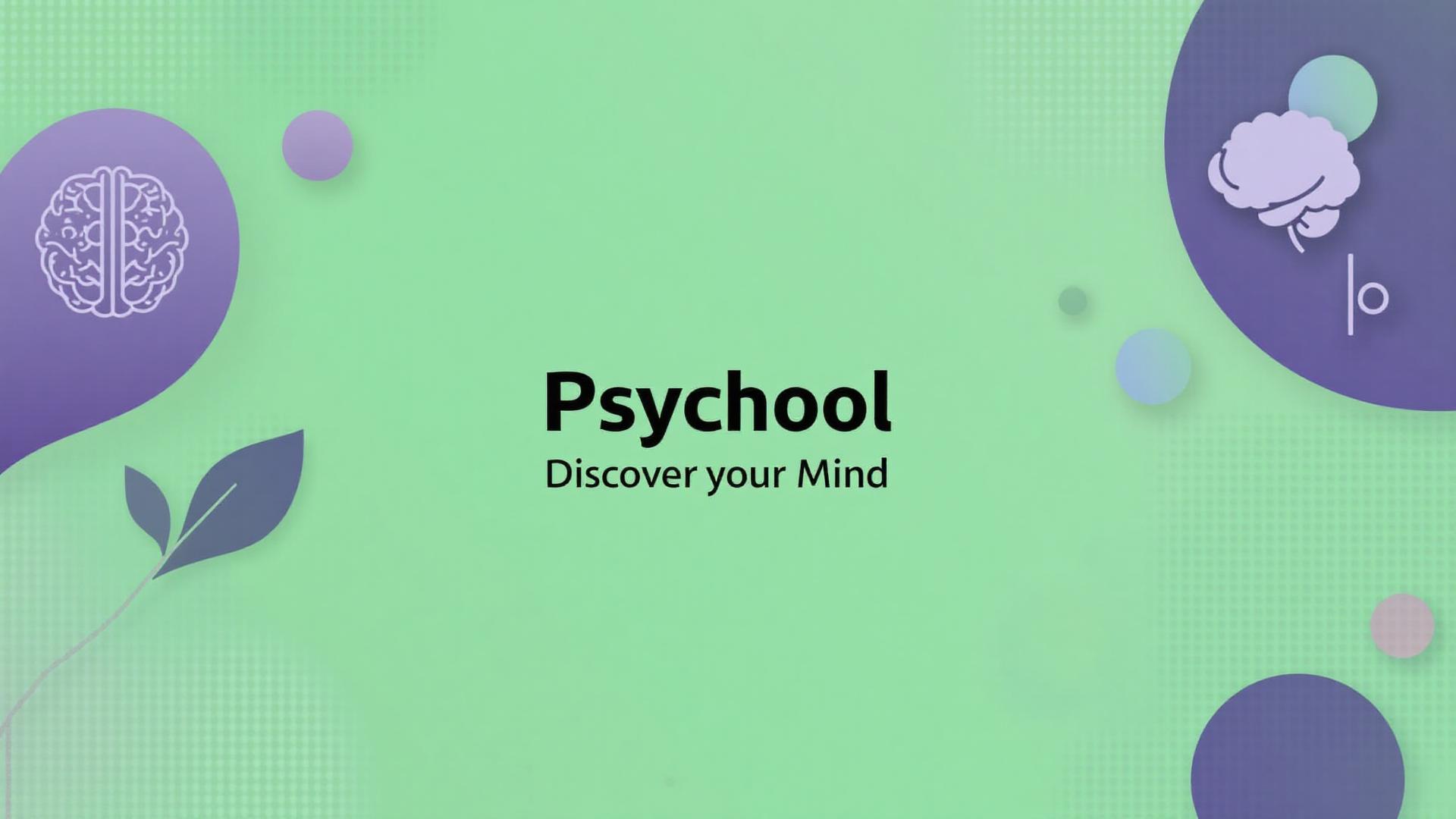- Human Psychology Facts
- Posts
- ADHD Hyperactive- Impulsive Test: Are You On the Go? - HPF
ADHD Hyperactive- Impulsive Test: Are You On the Go? - HPF

Is Your Brain's Motor Always Running? Exploring the ADHD Hyperactive-Impulsive Subtype
Do you feel like you're powered by an invisible motor, constantly needing to move, fidget, or talk? Do you often act on a whim, only to deal with the consequences later? If you find yourself interrupting conversations, struggling to wait your turn, or feeling an unshakeable sense of inner restlessness, you might be experiencing more than just a 'high-energy' personality.
These are hallmark traits of the Hyperactive-Impulsive presentation of Attention-Deficit/Hyperactivity Disorder (ADHD). While many associate ADHD with distraction and an inability to focus (the Inattentive presentation), the hyperactive-impulsive side is equally significant and often misunderstood.
This article dives deep into the ADHD Hyperactive-Impulsive subtype, exploring the science behind it and introducing a valuable tool, our ADHD Hyperactive-Impulsive Subtype Test , to help you gain clarity on your own experiences.
What Does This Test Measure? The Two Sides of the Coin
Our assessment is designed to screen for symptoms that align with the diagnostic criteria for the Predominantly Hyperactive-Impulsive Presentation of ADHD. It doesn't look for inattention, but rather focuses on two core behavioral patterns:
Hyperactivity: This isn't just about being energetic. It's a persistent pattern of excessive and often inappropriate motor activity. In children, this might look like running and climbing at the wrong times. In adults, it often presents more subtly as an intense inner feeling of restlessness, fidgeting, tapping your feet, or being unable to stay seated through a long meeting.
Impulsivity: This refers to a tendency to act on the spur of the moment without sufficient thought or consideration of the consequences. It's the 'act now, think later' component. This can manifest as blurting out answers, interrupting others, making hasty decisions (financial, social, or professional), and having extreme difficulty with patience.
Understanding where you stand on these two dimensions is crucial. It can be the difference between feeling chaotic and out of control versus understanding the unique wiring of your brain and learning to work with it.
The Psychological Science: Grounded in the DSM-5
This isn't a pop-psychology quiz. Our ADHD Hyperactive-Impulsive Test is carefully structured based on the criteria outlined in the Diagnostic and Statistical Manual of Mental Disorders, 5th Edition (DSM-5). Published by the American Psychiatric Association, the DSM-5 is the gold standard used by clinicians worldwide to diagnose mental and neurodevelopmental disorders.
For a formal diagnosis of the hyperactive-impulsive presentation, the DSM-5 requires an individual to exhibit at least six of the nine specific symptoms (five for individuals age 17 and older). These symptoms must:
Have been present for at least six months.
Be inconsistent with the person's developmental level.
Negatively impact social, academic, or occupational activities.
Be present in two or more settings (e.g., at home and work/school).
Have appeared before the age of 12.
Some of the key DSM-5 symptoms our test screens for include:
Often fidgets with or taps hands or feet, or squirms in seat.
Often leaves seat in situations where remaining seated is expected.
Often unable to play or engage in leisure activities quietly.
Is often "on the go," acting as if "driven by a motor."
Often talks excessively.
Often blurts out an answer before a question has been completed.
Often has difficulty waiting for his or her turn.
Often interrupts or intrudes on others.
By answering questions related to these behaviors, you are creating a data-driven snapshot of your experiences that can be compared against established clinical criteria.
Who Should Take This Test?
Self-knowledge is a powerful tool. This test can provide valuable insights for a wide range of individuals. You should consider taking it if you:
Have always felt restless and been told to "just calm down" or "sit still."
Struggle with impulse control, making rash decisions about money, relationships, or your career.
Frequently interrupt people in conversation, not out of rudeness, but an inability to hold the thought.
Are a parent concerned that your child's boundless energy and impulsive actions might be more than typical childhood behavior.
Have an existing ADHD diagnosis but want to better understand your specific presentation.
Feel your high energy and impatience are holding you back professionally or socially and want to know if there's an underlying reason.
What You Will Learn from Your Results
It's important to be clear: this test is a screening tool, not a formal diagnosis. A comprehensive diagnosis can only be provided by a qualified healthcare professional, such as a psychiatrist, psychologist, or clinical social worker, after a thorough evaluation.
However, your results will provide you with:
A Quantitative Score: You'll receive a score that indicates how strongly your self-reported symptoms align with the DSM-5 criteria for ADHD, Hyperactive-Impulsive Presentation.
Clarity and Validation: Seeing your experiences reflected in the questions can be incredibly validating, helping you feel less alone.
A Starting Point for Conversation: The results give you a concrete, evidence-based starting point to discuss your concerns with a doctor, therapist, or loved one.
Actionable Insight: Understanding that your challenges may stem from a neurodevelopmental profile, rather than a character flaw, can empower you to seek out strategies and support tailored to how your brain works.
Take the First Step Towards Understanding Your Inner Engine
Living with unmanaged hyperactivity and impulsivity can feel like trying to navigate a racetrack in a car with no brakes. It's exhausting, frustrating, and can lead to misunderstandings with the people around you.
But understanding is the first step toward control. By identifying the pattern, you can begin to explore strategies, therapies, and potential treatments that can help you channel your energy, improve your decision-making, and thrive.
Are you ready for clarity?
Take our free, confidential ADHD Hyperactive-Impulsive Test today. It takes just a few minutes to answer the questions and gain a new perspective on the forces that drive you.
Join over 4 million Americans who start their day with 1440 – your daily digest for unbiased, fact-centric news. From politics to sports, we cover it all by analyzing over 100 sources. Our concise, 5-minute read lands in your inbox each morning at no cost. Experience news without the noise; let 1440 help you make up your own mind. Sign up now and invite your friends and family to be part of the informed.


